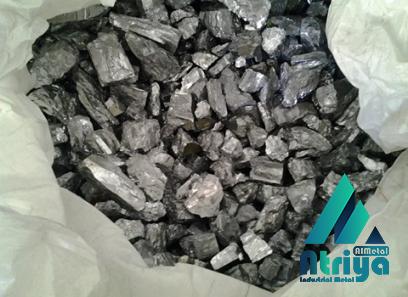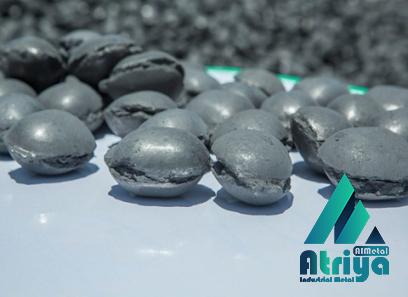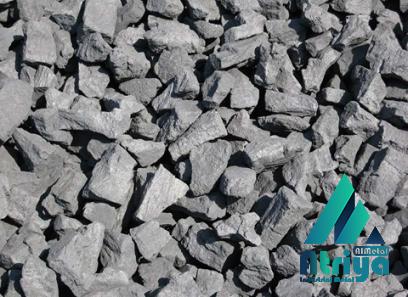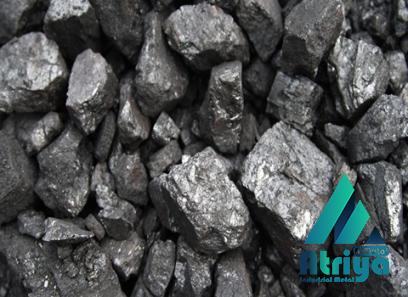A Game-Changer in the Steel Industry In the world of steel production, hot briquetted iron (HBI) has emerged as a groundbreaking alternative to traditional iron ore. HBI is a compacted form of direct reduced iron (DRI) that offers numerous advantages in terms of production efficiency, cost-effectiveness, and environmental sustainability. This article delves into the key features and benefits of HBI and explains why it has become an essential component in the steelmaking process. One of the primary advantages of HBI is its superior quality compared to traditional iron ore. HBI is a highly pure form of iron with a minimum iron content of 92-94%. This purity guarantees consistent chemical composition and mechanical properties, making it an ideal feedstock for steel mills. In contrast, traditional iron ore often contains impurities such as alumina, silica, and phosphorus, which can adversely affect the quality of the final steel product. The compact nature of HBI makes it easy to handle and transport.

.
 Its high density allows for efficient storage and shipping, resulting in reduced shipping costs and enhanced logistical flexibility. Moreover, the reduced size and absence of fines make HBI less prone to dust generation, reducing health hazards for workers and minimizing environmental pollution during handling and storage. Another major advantage of HBI is its inherent energy efficiency. HBI is produced through a process called direct reduction, which involves the removal of oxygen from iron oxide using a reducing gas. This process requires significantly less energy compared to the traditional blast furnace method for producing pig iron. As a result, HBI has a lower carbon footprint and helps steel mills to reduce their overall greenhouse gas emissions. This aligns with global efforts to combat climate change and promote sustainable production practices. The compact form and high iron content of HBI also translate into increased productivity for steel mills.
Its high density allows for efficient storage and shipping, resulting in reduced shipping costs and enhanced logistical flexibility. Moreover, the reduced size and absence of fines make HBI less prone to dust generation, reducing health hazards for workers and minimizing environmental pollution during handling and storage. Another major advantage of HBI is its inherent energy efficiency. HBI is produced through a process called direct reduction, which involves the removal of oxygen from iron oxide using a reducing gas. This process requires significantly less energy compared to the traditional blast furnace method for producing pig iron. As a result, HBI has a lower carbon footprint and helps steel mills to reduce their overall greenhouse gas emissions. This aligns with global efforts to combat climate change and promote sustainable production practices. The compact form and high iron content of HBI also translate into increased productivity for steel mills.
..
 HBI is readily and effectively charged into electric arc furnaces (EAFs), which are widely used in steelmaking, particularly for the production of long products such as bars and rods. Its high iron content allows for faster melting and shorter production cycles, resulting in higher throughput and improved operational efficiency. Steel mills that integrate HBI into their processes often achieve higher production volumes and lower operating costs compared to those relying solely on traditional iron ore. Furthermore, HBI offers strategic advantages from a supply chain perspective. Its production is not dependent on the availability of high-grade iron ore, which can be influenced by geopolitical factors or transportation constraints.
HBI is readily and effectively charged into electric arc furnaces (EAFs), which are widely used in steelmaking, particularly for the production of long products such as bars and rods. Its high iron content allows for faster melting and shorter production cycles, resulting in higher throughput and improved operational efficiency. Steel mills that integrate HBI into their processes often achieve higher production volumes and lower operating costs compared to those relying solely on traditional iron ore. Furthermore, HBI offers strategic advantages from a supply chain perspective. Its production is not dependent on the availability of high-grade iron ore, which can be influenced by geopolitical factors or transportation constraints.
…
 This independence helps diversify the supply chain for steel mills and mitigates the risks associated with fluctuations in iron ore prices. Additionally, HBI can be produced from iron ore fines generated during the mining process, thereby reducing waste and optimizing resource utilization. In summary, hot briquetted iron has revolutionized the steel industry by offering a high-quality, easily transportable, and energy-efficient alternative to traditional iron ore. Its compact form, superior purity, and enhanced productivity make it a game-changer for steel mills seeking to improve efficiency, reduce costs, and minimize their environmental impact. With its promising future ahead, HBI is poised to play a vital role in the sustainable development of the global steel industry.
This independence helps diversify the supply chain for steel mills and mitigates the risks associated with fluctuations in iron ore prices. Additionally, HBI can be produced from iron ore fines generated during the mining process, thereby reducing waste and optimizing resource utilization. In summary, hot briquetted iron has revolutionized the steel industry by offering a high-quality, easily transportable, and energy-efficient alternative to traditional iron ore. Its compact form, superior purity, and enhanced productivity make it a game-changer for steel mills seeking to improve efficiency, reduce costs, and minimize their environmental impact. With its promising future ahead, HBI is poised to play a vital role in the sustainable development of the global steel industry.











Your comment submitted.